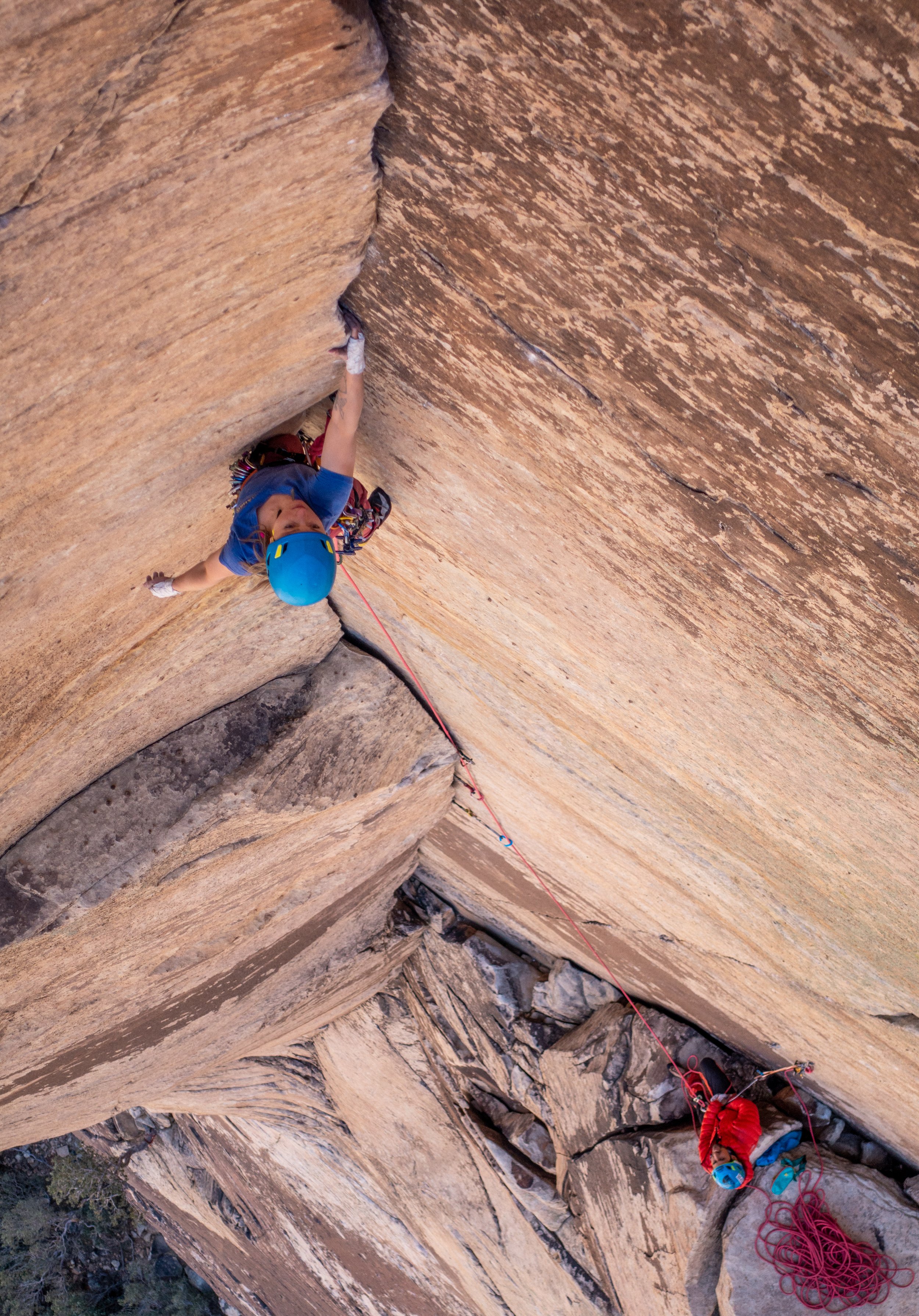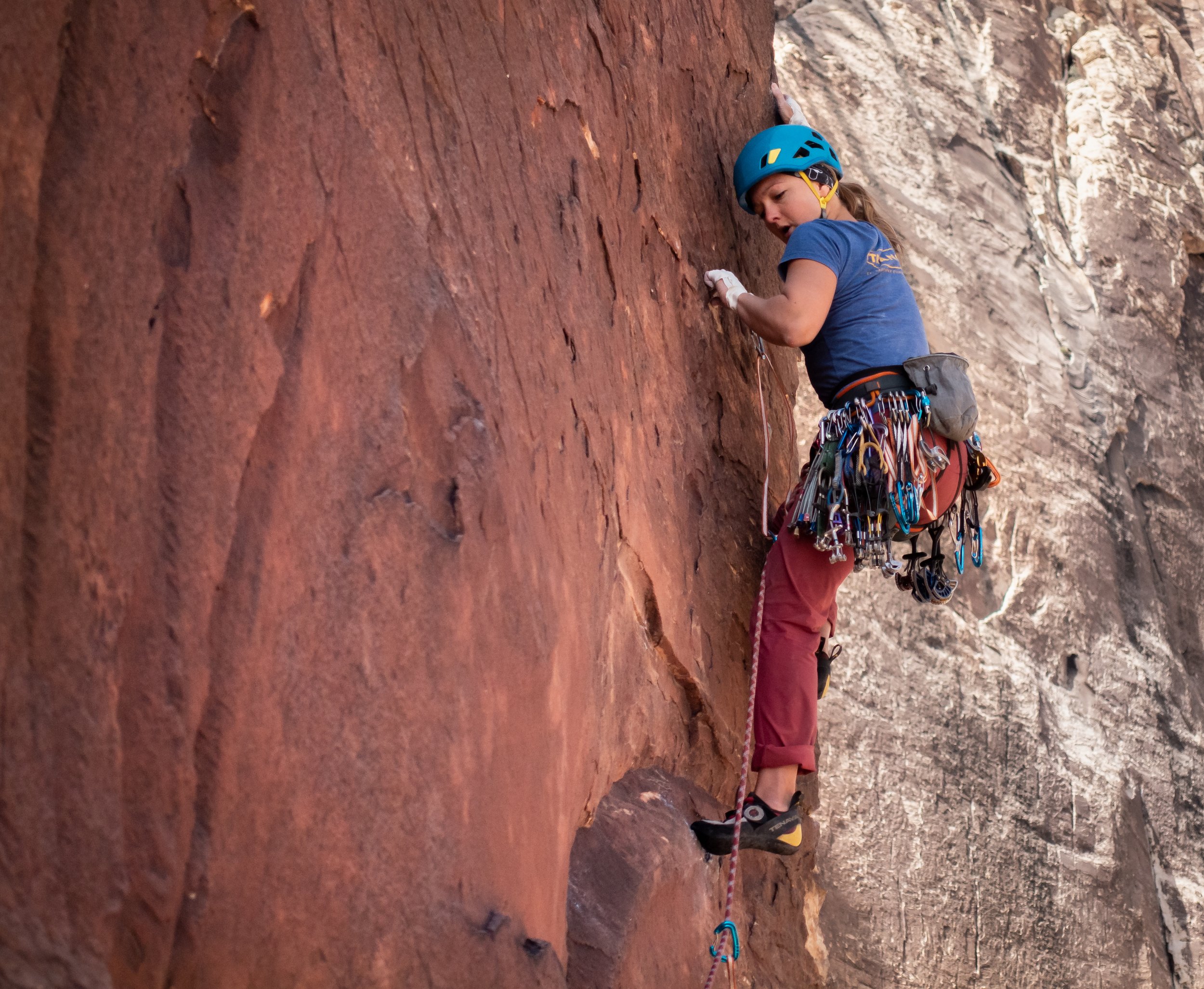The most simple and powerful tool - feedback loop size management
I speak to athletes a lot about feedback loop size.
Wtf is that?! 🤯🤯
Definition: Your feedback loop size is the time between a decision you make and when you will be able to evaluate the quality of that decision ⏰
A couple examples…
👉Your decision to go to college may have a large feedback loop size because you won’t really know if that was a high-quality decision for several years.
👉Your decision to complete a training plan (mental OR physical) has a relatively medium feedback loop size — you won’t honestly know the quality of that decision for 1-6 months.
👉Your decision/route reading of your onsight burn has a very small feedback loop size - wrong read? Boom, you’re twisted into a concession stand pretzel sans cheese (big sad), and you can only stay there for a couple seconds before you’re hanging from the rope.
Now! Awareness of this concept is helpful by itself. but the true power that I want to share with you is found in your interaction with it.
“Your feedback loop size is the time between a decision you make and when you will be able to evaluate the quality of that decision”
PD Head Coach Karly Rager keeping her head in the game on the final moves of Valkyrie, 5.13a/b in Lander, Wyoming
photo by Alton Richardson
I want to lay out two more vital assumptions before diving into the biggest and most powerful tool I will likely ever give you. Ever. Period. Al final. Seriously. For realsies.
Before getting that tool in your toolbox, we have to first be sure that you are:
1. Willing to evaluate your decisions in a way open to improvement - you don't think you're always 'right.'
2. Willingness to seek improvement without feeling shame might be the most important indicator of climbing improvement and potential out there.
Are you willing to get off the binary dirge of decisions being 'right' or 'wrong' and let them exist like a bead on a string? A string that represents a continuum of decision quality.
Ever call beta right or wrong? Ever had someone called your beta wrong?
Ever call someone else's actions right or wrong? Ever beat yourself up for making a 'wrong' decision and call yourself a dingleberry for days (I'm guilty of this 🙋♀️👀)?
Some of these are signs you may want to return to those items above 👆 before diving into feedback loop size management.
Alright then, let’s get into it.
This is the Leatherman of navigating your mental landscape. (You will always use it; the application will constantly vary).
You are in control of your feedback loop size.
In every moment. Everyday. Every climb. Every trip. Every training session. Every alpine route. Every life decision. Every gear placement.
I will get into specific examples tomorrow, but I have worked with athletes on this that are:
👉Struggling with burnout
👉Struggling with doubt/fear
👉Struggling with commitment
👉Struggling with self-conscious thought patterns
👉Struggling to redpoint routes, they know they are physically capable of but keep one hanging…
👉Struggling with how intimidated they are by certain grades/places/mountains + where risk assessment stops and unhelpful intimidation begins
👉Struggling with the comparison trap they face with others’ performance
The list goes on and on and on. But here is the general takeaway that I have deduced from working with upwards of 35 athletes on this.
👉 When seeking expansion + achievement, you are well served by finding ways to reduce your feedback loop size.
👉 When you reflect, confront ‘failure,’ setbacks, injuries, and learn new skills, you are well served by increasing your feedback loop size.
Photo (above) PD head coach Karly Rager onsighting Our Father (5.10+R) in Black Velvet Canyon, Nevada - photo by Nate Kenney
Here are some specific examples of when increasing your feedback loop size will be helpful.
When it is helpful for you to increase your feedback loop size:
👉You go on a climbing trip and don't send the route you wanted to. Beeeeeeeen there. Can you back up and look at your season and progression? What did you learn from your process? What was the limiting factor? What would you do differently next time?
👉You are injured 🤕Beeeeeeen here too. It fucking sucks. Can you give yourself space to be sad and see your climbing career as a culmination of years in these moments? See my episode on @thenuggetclimbing for more discussion on this 🙌
👉You trained for 8 weeks and STILL aren't Adam Ondra (like wtf?!?). Miggghttttt want to take a step back here and see your decision to train and climb as a lifestyle choice you enjoy, rather than a polyjuice potion. Virtual high five if you got that joke!
and… when it will be helpful for you to decrease your feedback loop size:
👉When you are tying in for a Redpoint burn. Instead of thinking about the send, you really gotta practice being able to focus on fixing the last mistake and/or the move you are currently making. (*insert shameless plug for Headpoint training where we develop these skills)
👉When you are staring up at an alpine route, the mountain and all the consequences it holds are intimidating to you. Can you focus on one pitch / anchor / placement / move / rap at a time?
👉When you are sick and tired of all this training and just want to send. Can you reward yourself after one more completed session? I hear that naps, tea, and time with loved ones are lovely treats 😉
Photo (above) PD head coach Karly Rager onsighting The Delicate Sound of Thunder, 5.11b in Black Velvet Canyon, Nevada - Photo by Felipe Proaño
I honestly, at my core, believe this is the most powerful tool you can have in climbing and life.
And, well, I just want you to have it because you’re here, I appreciate you, and it makes a massive difference.
So, I simply want to challenge you to start to be aware of your feedback loop size for the next two weeks.
Where is it helping you? Where is it hurting you? Where and when can you change its size? How does this help you?
And if you want to discuss this realm of thought + its tangible effects further, don’t hesitate to reach out to PD coaches.




